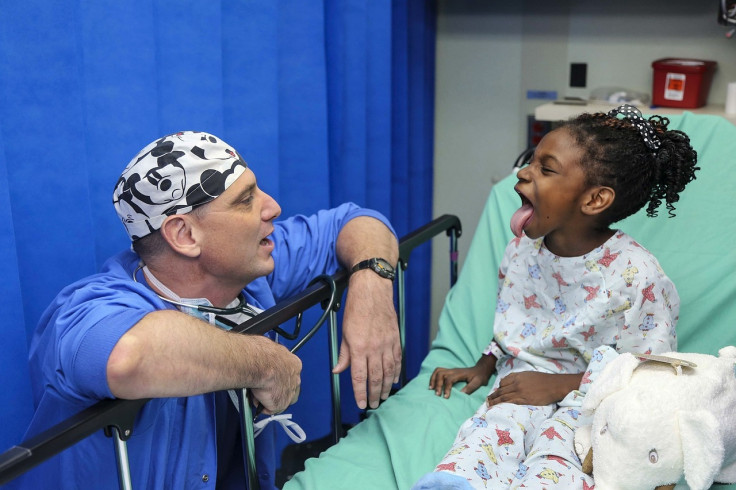Brain cancer in children: Will proton therapy replace conventional x-ray radiation?
Only cancerous cells will be 'killed' and healthy brain tissues will not be affected as photons spare these healthy tissues.
Treating cancer in children would require careful and the most sophisticated form of treatment. Now, scientists are looking at proton therapy as a new and better way of treating cancer.
A study titled, "Influence of Target Location, Size, and Patient Age on Normal Tissue Sparing- Proton and Photon Therapy in Paediatric Brain Tumour Patient-Specific Approach" published in the journal Cancers, is bound to explore within two years, the safety concerns over proton therapy as a treatment for children with brain cancer. The therapy will be compared with the conventional x-ray radiation delivered after surgery.
The researchers from the University of South Australia (UniSA) will utilise data from a US hospital. It will model the outcomes of the patients based on the specific type of cancer that patients suffer from. Other factors that researchers will be closely looking at are age, radiosensitivity and sex.
Proton beam therapy is regarded superior when it comes to targeting cancer cells and tumours. The positive aspect is that it will "hunt down" cancer cells, and will deliver optimal radiation doses. However, it will limit the radiation effects on the healthy tissues surrounding the tumour.
Mikaela Dell'Oro, UniSA PhD candidate, said that this kind of brain tumour treatment in children is very important considering that the brains of children are still developing. Hence, only the cancerous cells will be "killed" and healthy brain tissues will not be affected. Photons spare the healthy tissues and the other important structures that surround the tumour.
Dell'Oro also emphasised that proton therapy only has fewer developmental side effects. However, there is still a need to dig deeper and to discover how sex, age, and sensitivity of individuals to radiation can affect the risk.
It was generally thought that younger patients and females are more sensitive to radiotherapy. This was still based on adult data which is already more than five years old.
Dell'Oro said that from what they know, proton therapy has less severe side effects in children but have similar survival outcomes. She admits though that there is still a huge gap in what they know. Due to the length of time of observing physical side effects from a treatment and the difficulty of undertaking clinical trials, the researchers would have to use computational modeling in order to be able to estimate the risks of the treatment on patients.
Dell'Oro and her supervisors were awarded $100,000 by the Children's Research Foundation of Channel 7 in order to assess the risk of using proton beams in treating brain tumours in children.
© Copyright IBTimes 2024. All rights reserved.






